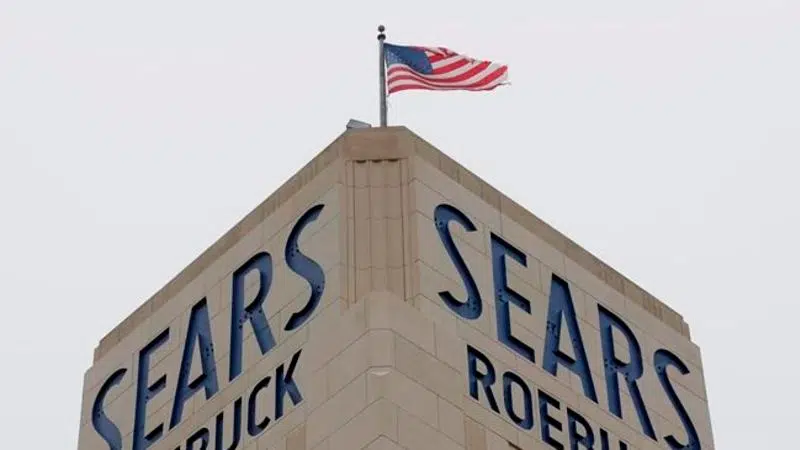
Bankruptcy judge gives Sears another chance, OKs $5.2B plan
NEW YORK — A bankruptcy judge on Thursday blessed a $5.2 billion plan by Sears chairman and biggest shareholder to keep the iconic business going.
The approval means roughly 425 stores and 45,000 jobs will be preserved.
Eddie Lampert’s bid through an affiliate of his ESL hedge fund overcame opposition from a group of unsecured creditors, including mall owners and suppliers, that tried to block the sale and pushed hard for the company’s liquidation.


